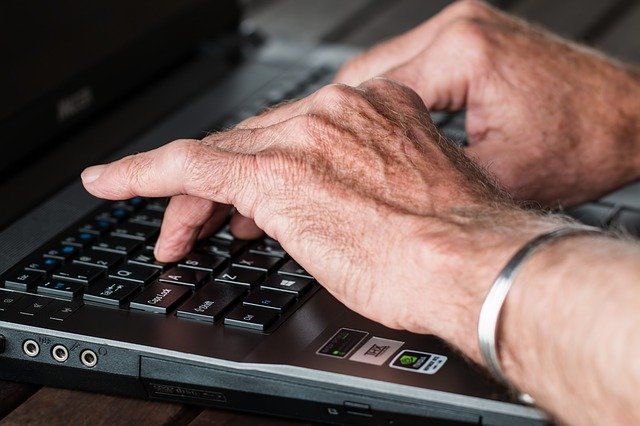Remote patient monitoring has made things efficient since healthcare providers can keep track of patients while they are away from hospitals. By keeping track of patients’ progress and collecting the data, they can develop an effective treatment plan that improves the quality of the patients’ lives. This mode of patients monitoring has promoted healthcare services in various ways like:
Better Management of Chronic Conditions
Treating chronic conditions accounts for over 50% percent of healthcare costs. However, most of these illnesses can be prevented if patient behavior is monitored. With remote patient monitoring, patients can keep appointments, have blood tests regularly, follow guidelines on medications and improve patient education. With such information, patients can know what they need to do to improve their health.
Reduced Burden on Healthcare Systems
Since patients are receiving care without going to the hospital, the healthcare providers are not overwhelmed by many patients. With Remote patient monitoring, data is collected remotely, and then a qualified person will analyze it and respond appropriately to patients via text or email. It also helps patients with weak immune systems that may be at risk of picking an infection from the hospital to be safe.
An Improved Outcome of Patients
Since the patient’s data is collected, any alarming trend in the data that the patient is submitting can be flagged earlier, and the patient can be advised on what to do. So if a patient is under a specific treatment and is not working, they can be advised on the change they should make. Also, the patients can be guided on their choices, such as exercise, diet, and stress management, which eventually improves their quality of life.
Increased Streams of Revenue
Healthcare providers receive reimbursement for the time they spend on any activities related to remote care. Whether it is analyzing patients’ data or giving feedback through a remote health monitoring tool, physicians’ revenue streams increase.
Improved Relationship with Patients
One thing that is common with all patients is that they want to feel understood. When healthcare providers access patient information before they have even contacted them, they get an idea of their needs and wants. During the appointment, the patient does not have to explain what is wrong with them, as the doctor already knows the issue. This makes the patient feel valued, which also improves communication between the doctor and the patient.
A smooth Workflow
Remote health monitoring helps patients stay out of healthcare facilities. They are therefore not waiting in line to be attended to or deal with delayed appointments. This helps doctors attend to patients remotely when they are not busy attending to other patients.
Increased Education
For healthcare providers to receive reimbursement for RPM, they have to respond to patients depending on their data. This means that patients receive more information and feedback compared to regular appointments.
Remote patient monitoring is a significant stride in how healthcare services are being provided to patients. More healthcare facilities need to invest in RPM to ensure a beneficial health system for more people.



